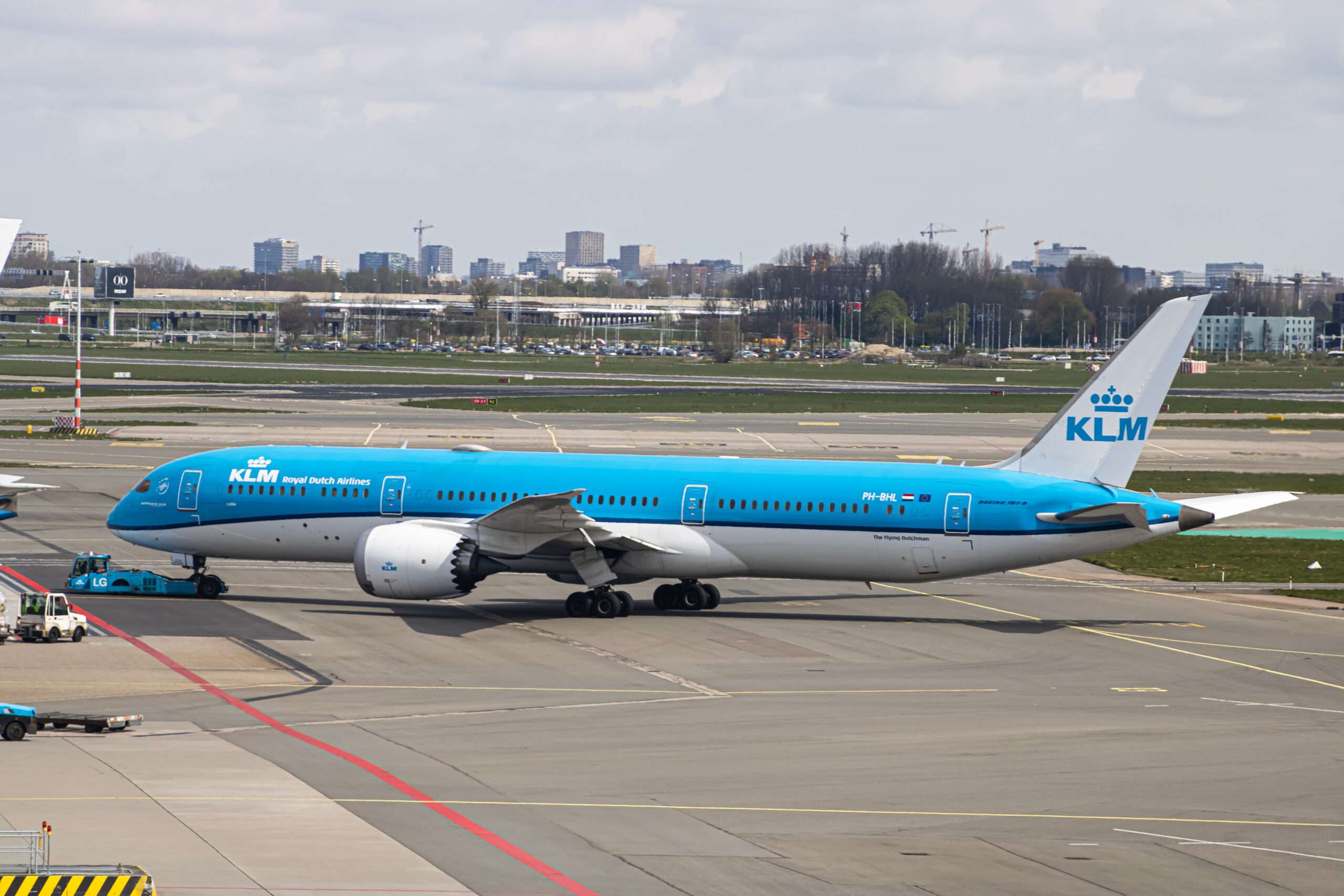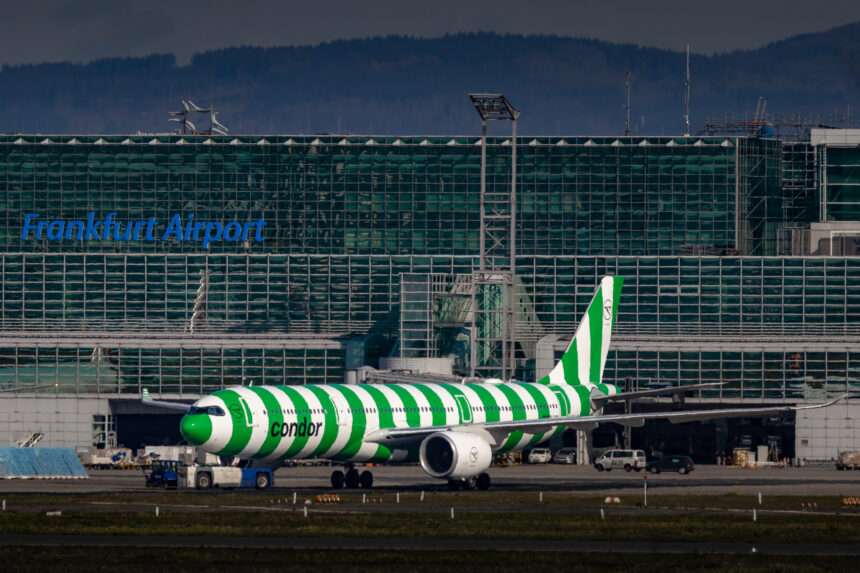On May 24, 2024, a Fly Jinnah Airbus A320 (registered AP-BOV) flying from Lahore to Karachi experienced a serious incident likely due to pressurization problems.
The Bureau of Enquiry and Analysis for Civil Aviation (BEA) in France have now documented the inflight event.
Fly Jinnah 9P843 Lahore-Karachi

Fly Jinnah flight 9P843, an Airbus A320 operating from Lahore Allama Iqbal International Airport (LHE) had departed for Karachi, Pakistan.
After departure, the flight initially encountered a pressurization issue, causing the climb to be temporarily halted below 10,000 feet.
However, after reporting the problem as resolved, the aircraft continued its ascent toward its planned cruising altitude of FL360 (36,000 feet).
During the climb at around FL230 (23,000 feet), both the pilot and co-pilot experienced symptoms of hypoxia.

Precautionary Return to Lahore
The operating crew reported feeling dizzy, drowsy, and lethargic. Recognizing the potential seriousness of the situation, they then donned their oxygen masks.
The incident’s impact wasn’t limited to the cockpit. One cabin crew member fainted but fortunately regained consciousness after receiving oxygen. It was also reported that other cabin crew members experienced discomfort.
Due to the suspected pressurization problem and the crew’s condition, the flight diverted back to Lahore.
At approximately 100 nautical miles from their original destination, the aircraft requested a descent and clearance to return to Lahore International Airport.
The situation did not escalate further, and the aircraft subsequently made a safe landing in Lahore. The return landing was conducted approximately 45 minutes after the aircraft’s initial departure.
The aircraft operating the regional 9P843 service to Karachi was an Airbus A320-200, registered AP-BOV.
This is a 13.5 year old narrowbody aircraft belonging to the Pakistani carrier Fly Jinnah. It has been in operational service with the airline since January 2024.
Prior to its service with Fly Jinnah, the aircraft was operated by Air Arabia. It was placed with the airline following its initial delivery in January 2011.
The BEA report serves as a reminder of the importance of crew resource management (CRM) and adherence to safety protocols during flight.
While the report itself doesn’t assign blame, it emphasizes the need for thorough investigations to understand the cause of such incidents and implement preventative measures to ensure passenger and crew safety on future flights.
Hypoxia: A Potential Consequence of Cabin Pressure Loss
The symptoms experienced by the crew of the Fly Jinnah A320, including dizziness, drowsiness, and lethargy, are all indicative of hypoxia. Hypoxia occurs when the body’s tissues are deprived of adequate oxygen supply.
This can happen at high altitudes due to the thinner atmosphere, or in situations where there’s a problem with oxygen delivery within the aircraft cabin, as may have been the case in this incident.
When cabin pressurization is compromised, the oxygen levels within the cabin decrease, mimicking the effects of high altitude. This can lead to hypoxia if not addressed promptly.

Click the banner to subscribe to our weekly Emergencies and Incidents newsletter.

Click the photo to join our WhatsApp channel so then you can stay up to date with everything going on in the aviation industry!








